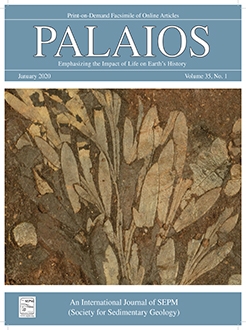Durophagous (shell-crushing) fish predation is considered to have been a major force of evolutionary change in the history of marine communities. However, because fish predators are very rarely preserved in the act of predation, fossil evidence of such interactions is commonly indirect. For instance, it has been argued that shell fragments with sharp margins constitute a good proxy for durophagy. However, drawing a distinction between predation- and abiotic-induced shell damage can be challenging. Notably, experimental data on shell fragmentation by marine durophagous fishes are almost lacking. In this study, we explore whether shell breakage caused by durophagous marine fishes versus physical factors can be distinguished. Aquarium experiments involving commercially available predatory fishes (Diodon) and thin-shelled invertebrate preys (gastropods Nassarius and brachiopods Frenulina) show that the predation by some fish produces shell fragments displaying extremely low roundness and varying degree of sphericity. Importantly, these fragments typically display sharp and jagged margins, and reveal distortion of individual crystal fibers. Tumbling experiments showed that the disintegration of brachiopod shells proceeds much more rapidly than that of gastropods, which may suggest that abiotic-induced fragmentation of brachiopods may be eventually confused with predation. However, the tumbling-induced fragmentation and damage in both groups are typically characterized by the presence of spherical or discoidal and rounded shell fragments displaying smooth edges (without any microstructural distortion), and numerous abrasive scratches and wear scars on the surface. These data underscore that the shell fragments produced by a durophagous fish, if not subsequently abraded by physical factors, can be recognized in the fossil record.
How to translate text using browser tools
30 January 2020
DUROPHAGOUS FISH PREDATION TRACES VERSUS TUMBLING-INDUCED SHELL DAMAGE—A PALEOBIOLOGICAL PERSPECTIVE
Mariusz A. Salamon,
Tomasz Brachaniec,
Przemysław Gorzelak
ACCESS THE FULL ARTICLE
It is not available for individual sale.
This article is only available to subscribers.
It is not available for individual sale.
It is not available for individual sale.
<
Previous Article
|

PALAIOS
Vol. 35 • No. 1
January 2020
Vol. 35 • No. 1
January 2020




